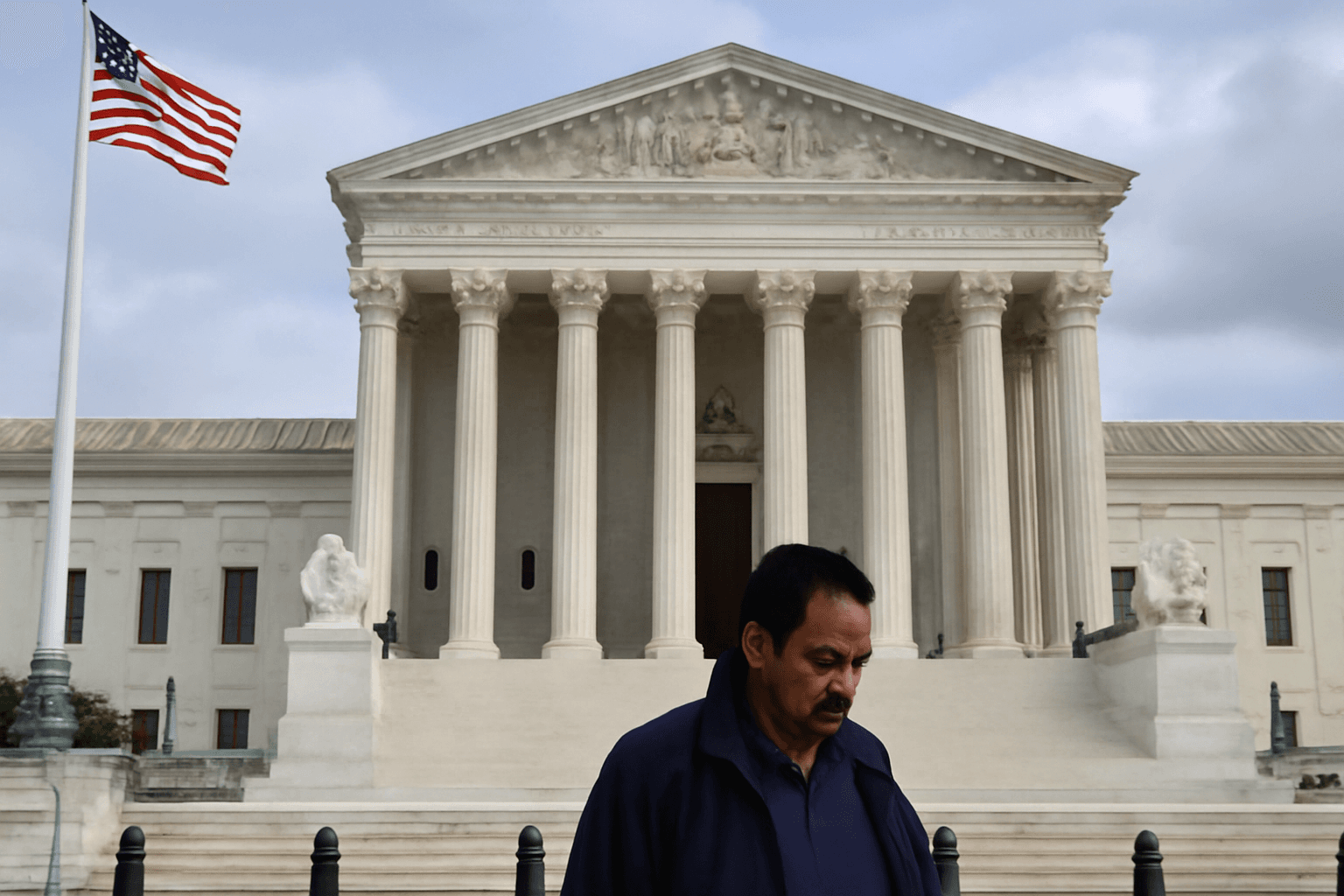US Tightens Grace Period for Laid-Off H-1B Workers Amid Rising Deportation Notices
For years, the 60-day grace period following the termination of employment has been a crucial safety net for H-1B visa holders in the United States, allowing them time to secure a new employer or adjust their immigration status without fear of immediate removal. However, a growing trend in recent months reveals this grace period is no longer the inviolable buffer many had believed it to be.
Rise in Notices to Appear (NTAs) Raises Alarms
Several H-1B workers who have been laid off are now receiving Notices to Appear (NTAs) in immigration courts—formal orders initiating deportation proceedings—even when their 60-day authorized stay has not yet expired. This sharp shift has sent ripples through the immigrant community, sparking concern and confusion.
Sameer Khedekar, an immigration attorney and founder of Vanguard Visa Law, explains, “Typically, laid-off H-1B workers have 60 days to find a new sponsor or change their visa status. Yet lately, the Department of Homeland Security (DHS) has been issuing NTAs during this grace period, sometimes even when individuals have timely filed change-of-status applications.”
Official Policy vs. Emerging Practice
A February 28 policy memo from U.S. Citizenship and Immigration Services (USCIS) states that NTAs should be issued only upon an unfavorable decision on immigration benefits where the individual is considered unlawfully present. Despite this, legal experts report inconsistencies.
Rajiv S. Khanna, managing attorney at Immigration.com, sheds light on recent cases where NTAs were issued prematurely. For instance, one H-1B visa holder filed an I-539 application to switch status to a B-2 visitor visa well within the 60-day window, but still received an NTA before USCIS adjudicated the application.
“This approach runs counter to USCIS guidance which protects individuals with pending, non-frivolous applications from being counted as unlawfully present,” Khanna notes. Yet, since February 2025, USCIS has distributed roughly 1,840 NTAs per week, many seemingly at odds with established policies.
Consequences for Laid-Off H-1B Workers
Formerly, the 60-day grace period served as a vital lifeline, offering flexibility amid sudden job losses. Now, with NTAs initiating removal proceedings, laid-off workers face not only unemployment but also the looming threat of deportation and the accrual of unlawful presence, which can severely complicate future immigration efforts.
The Biden administration's prior guidelines allowed transitioning to dependent status if the spouse holds an H-1B or L-1 visa, or switching to student (F-1) or visitor (B-1/B-2) visas during the grace period. However, no recent policy updates have clarified or altered this, leaving workers navigating an increasingly uncertain environment.
Expert Analysis: What This Means for Immigrant Communities and US Economy
This tightening of immigration enforcement comes at a complicated time for technology and other industries heavily reliant on H-1B talent. Employers already struggle to fill specialized roles, and the sudden increase in deportation proceedings risks creating a chilling effect on highly skilled immigrant workers who are essential to innovation and economic growth.
Legal experts urge policymakers to clarify and align enforcement with established protections, stressing that swift deportations during grace periods undermine both legal fairness and the United States’ competitive edge in attracting global talent.
Looking Ahead: Navigating Uncertainty
For H-1B visa holders, this evolving landscape necessitates heightened vigilance. Legal counsel recommends:
- Promptly filing any change-of-status or transfer petitions as soon as possible after layoff.
- Maintaining comprehensive records of filings and correspondences with USCIS.
- Seeking experienced immigration attorneys to challenge premature NTAs and navigate removal proceedings.
- Staying informed on policy updates from the Department of Homeland Security and USCIS.
Until official clarifications are issued, the precarious balance between enforcement and fairness remains a critical issue affecting thousands of skilled immigrants and their families.
About the Author: Lubna Kably is a senior editor specializing in immigration and tax policies. She offers in-depth analysis aimed at demystifying complex regulations for immigrant communities and business professionals navigating cross-border challenges.
Editor's Note
The recent surge in Notices to Appear for H-1B workers within their previously protected grace period illuminates a fraught crossroads in U.S. immigration enforcement. This development urges a broader conversation about the balance between national security, workforce needs, and human dignity. As the U.S. economy increasingly relies on global talent, will policies evolve to protect immigrant workers from undue hardship, or will rigidity prevail, risking economic and social consequences?

















